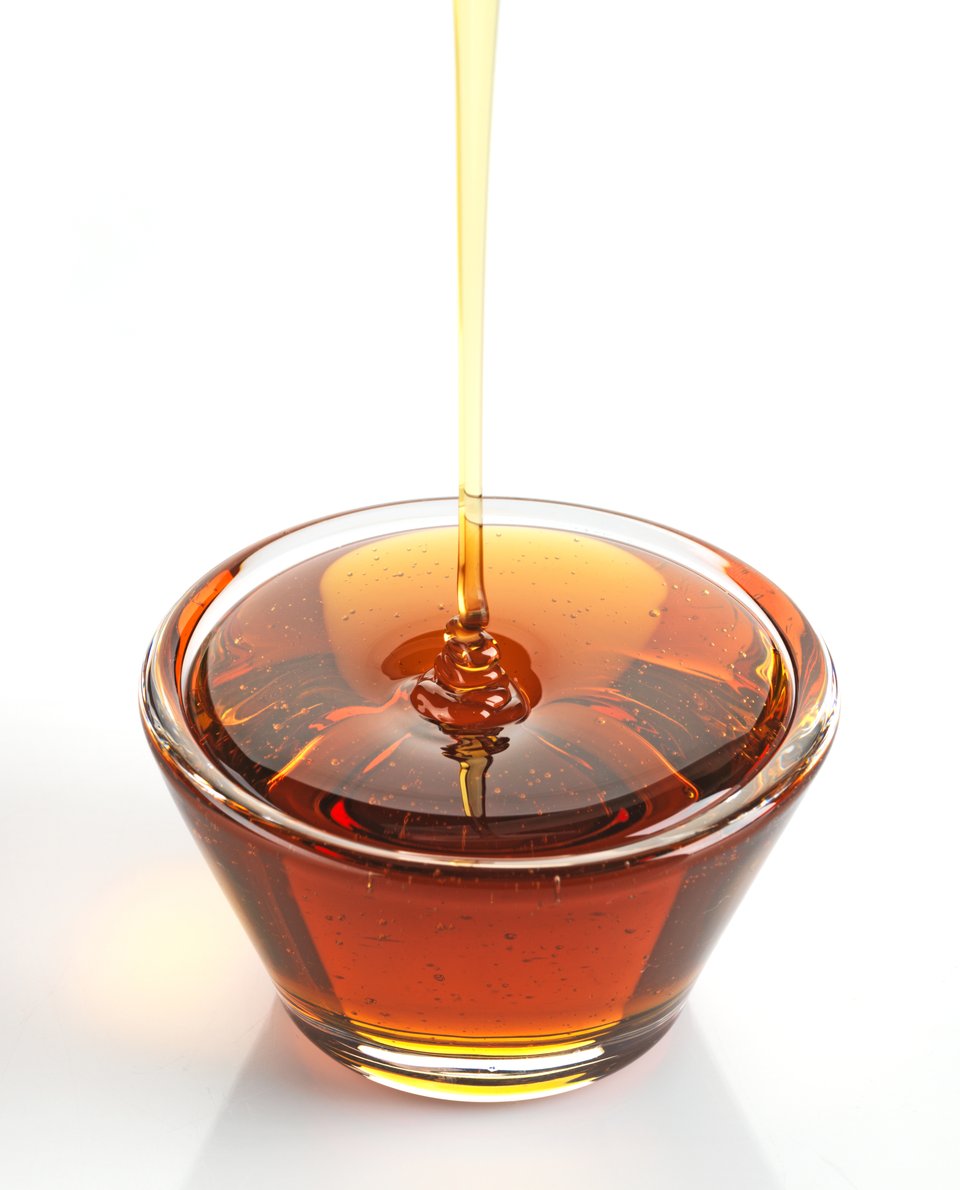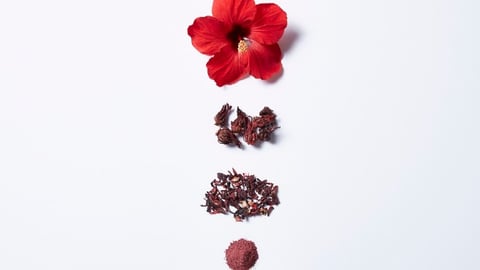Four things to know about maple syrup
1 BEYOND THE CEREAL AISLE
Shelley Balanko, senior vice-president of The Hartman Group, says maple syrup and maple sugar have gained traction as an alternative to more processed sweeteners as it’s natural and rich in nutrients.
Given this trend and that maple syrup “is a premium product,” Balanko suggests grocers experiment with placing it on aisle perimeters where “shoppers look to find premium, healthy and culinary-forward items.” Also consider merchandising it in a way that speaks to different usage occasions, like to sweeten a pasta sauce, she says.
Loblaw banners display bottled maple syrup outside the breakfast aisle, depending on seasonality, and “occasions throughout the year,” says Kathlyne Ross, vice-president, product development, innovation and sustainability at Loblaw.
2 GLOBAL FLOW
The harvest of Canadian maple syrup—from the sap extracted from sugar and red maple trees—is in global demand. In fact, Canada produces a whopping 79% of the world’s maple syrup, with most of the production (73%) taking place in Quebec, where the production is regulated by the Quebec Maple Syrup Producers. To be classified as maple syrup in Canada, the product has to be made exclusively from maple sap (not maple-flavoured sugar) and boiled down to a minimum of 66% sugar.
3 ENTHUSED FOR INFUSED
Infusing a food or beverage with an additional flavour is nothing new, but recently the practice has been expanded into categories in a big way—now it’s maple syrup’s turn. Infusions allow the “liquid gold” to maintain its classification, while differentiating the taste profile.
Loblaw, for instance, introduced PC Black Label Bourbon Barrel-Aged Maple Syrup. “We found a spot in Vermont that could age the syrup in bourbon barrels,” explains Ross. “We were inspired by bartenders across the country who were using syrups infused with vanilla, caramel, spice and smoke flavours in cocktails.”
Family-owned Glengarry Maple in North Lancaster, Ont., has launched specialty maple syrups such as the Smoked Scotch Bonnet Infused, Chipotle Infused, and Cherry Tart. “You can add more margin and make more money with specialized products because you’re not competing with everyone else,” says Phillip Zoeller, a partner in the business with his father, Bill.
Glengarry also has more specialty maple syrups in the works. “We’re looking to push the boundary with our flavoured or infused options, and inspire people’s minds about what they can do with maple syrup beyond the pancake,” says Zoeller.
Today, its enhanced maple syrup products account for about 40% of sales—slightly more than for its pure maple syrup. Glengarry’s “Farmers Market Series,” featuring a maple salad dressing, maple barbeque sauce and maple rub, makes up about 20%.
4 SWEETEST THING
It’s the exclusive maple syrup supplier for Giant Tiger, but Martinette Gourmet Maple in Coaticook, Que., has found its sweetest success with treats. Think maple popcorn and hard candy. The margins are better, and they’re inexpensive to make, as only a bit of maple syrup (which is expensive) is needed, says Lisa Nadeau, president of Martinette. “We’re now working on spicy maple roasted almonds,” she says.
Loblaw has integrated maple syrup into its President’s Choice products as well, introducing “a new twist on a traditional favourite.” That includes maple marshmallows, maple balsamic vinaigrette and PC Waffle Cone Chicken with Spicy Maple Syrup Boneless Chicken Breast Fillets. “There’s nothing we aren’t willing to explore with this iconic Canadian flavour,” says Ross.
This article appeared in Canadian Grocer's March/April 2022 issue.



